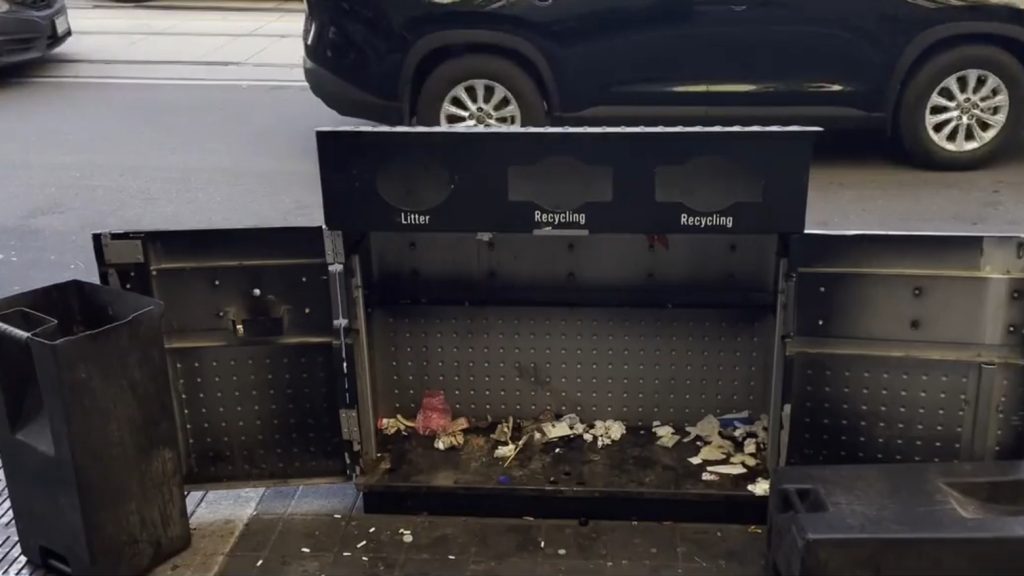Ontario releases guidelines for businesses to reopen safely
Posted April 30, 2020 2:36 pm.
Last Updated April 30, 2020 3:59 pm.
Ontario provided guidelines to businesses Thursday for how to eventually reopen safely, giving a glimpse of life post-isolation, with physically distant offices, a greater reliance on retail delivery and restricting passengers on public transit.
There are no dates yet for restarting the economy amid the COVID-19 pandemic, but Premier Doug Ford said the numbers are encouraging.
“Because of you, we have made tremendous progress,” he told Ontarians.
“Today we’re on the path to reopening the economy because that curve is flattening. That surge in our hospitals, we avoided. That trend is going down. There’s a light at the end of the tunnel. I am laser-focused right now on opening things up as quickly as we can in a safe and measured way.”
Ontario reported 459 new COVID-19 cases on Thursday and 86 more deaths – the largest daily total of fatalities so far.
The province has now seen 16,187 cases, an increase of 2.9 per cent over the previous day. That’s higher than the 2.3 per cent growth rate reported Wednesday, as the province looks for a consistent two-to-four weeks of declining growth before restarting the economy.
Health Minister Christine Elliott acknowledged the bump in new cases, which was higher than the previous day’s growth rate, but said the most important thing is the overall trend is headed in the right direction.
Ontario released guidance Thursday for specific sectors, including office workers, retail and food service, construction, transportation, agriculture and film and TV. People in all sectors will be advised to stay home if they are unwell, wash their hands frequently, and institute cleaning procedures.
Recommendations include holding team meetings outdoors, staggering shift times and using ground markings and barriers to manage traffic flow.
Offices should be set up to maintain physical distancing of two metres, workstations and telephones should not be shared, and as many employees as possible should work from home, the guidelines say.
Retail businesses should consider more online ordering, delivery and curbside pick-up options, and having no contact with delivery customers by letting them know via text message that their package has arrived.
For in-store settings, businesses should rely more on cashless transactions, install barriers between cashiers and customers, introduce floor markings for physical distancing, sanitize carts and baskets, provide hand sanitizer for customers upon entry, control how many people are in the store at one time, and not accept reusable bags or containers.
“If the above recommendations are still not enough for your workplace, as a last resort, consider personal protective equipment (PPE),” the guidelines for cashiers say.
“PPE is only effective if people wear it correctly. Ensure PPE training includes the fit, use, care, putting on and taking off, maintenance, cleaning and limitations of the PPE.”
Transit services are encouraged to reduce the number of people on board by limiting passengers or modifying hours of service, have rear entry only on buses, and use visual cues or partitions to keep passengers at least two metres away from operators.
The guidelines also address physical changes to workplaces such as installing Plexiglas barriers, increasing the air intake on heating, ventilation and air conditioning systems to increase air flow, and using boot sanitizing trays.
Labour Minister Monte McNaughton said the measures are not mandatory, but he expects businesses will follow the guidelines.
“It’s important for these businesses, obviously, to have their workers come back and show up when those specific businesses open, but it’s also … an economic issue because these businesses need customers coming in their doors as well,” he said.
“So we would anticipate these businesses will follow these best practices.”
Inspectors will be “proactively communicating” how to implement the guidelines and at some point will be enforcing some Occupational Health and Safety Act measures, McNaughton said.
Watch the premier’s full comments below.










